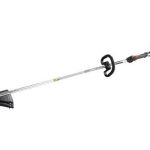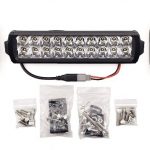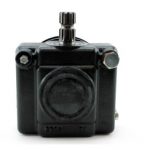Poison ivy is probably something that you’ve been warned to stay away from since you were a young child. However, trying to avoid poison ivy won’t accomplish anything if you have an outbreak of the vile weed on your lawn. In light of this, a valuable lawn care tip we can offer involves what you should do in the event that your lawn becomes infested with poison ivy.
Where is poison ivy located and how does it develop?
Poison ivy grows most frequently in areas where there is dense vegetation. For the most part, the weed appears when environmental conditions are particularly dry. It is also common to see outbreaks of poison ivy in settings that have undergone major environmental changes. Be aware that the weed takes many forms and can be found along trees, on the ground, or as berries.
How can you remove poison ivy?
Before you remove poison ivy, be aware that even when the weed is dead, it remains toxic for as many as 5 years. As such, you always want to wear gloves and cover your skin when confronting it. The specific approach to use for removing poison ivy depends on the surroundings. If you are in an area where there are no plants around, spraying a pesticide should get the job done. However, if the poison ivy is near other vegetation, spraying pesticides can impede the growth of the other plants. In this case, you want to pull the weed out by hand, and it is imperative that you pull it out by its roots. Simply tearing off the leaves will not prevent them from growing back.
One dangerous approach that people take is to burn the poison ivy leaves. This method must be discouraged against, as it can cause great harm to your body. Inhaling the fumes can make you violently ill, so choose one of the methods described above instead. Note: for more information of fighting poison ivy, take a look at this article.







